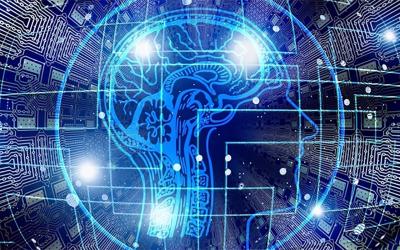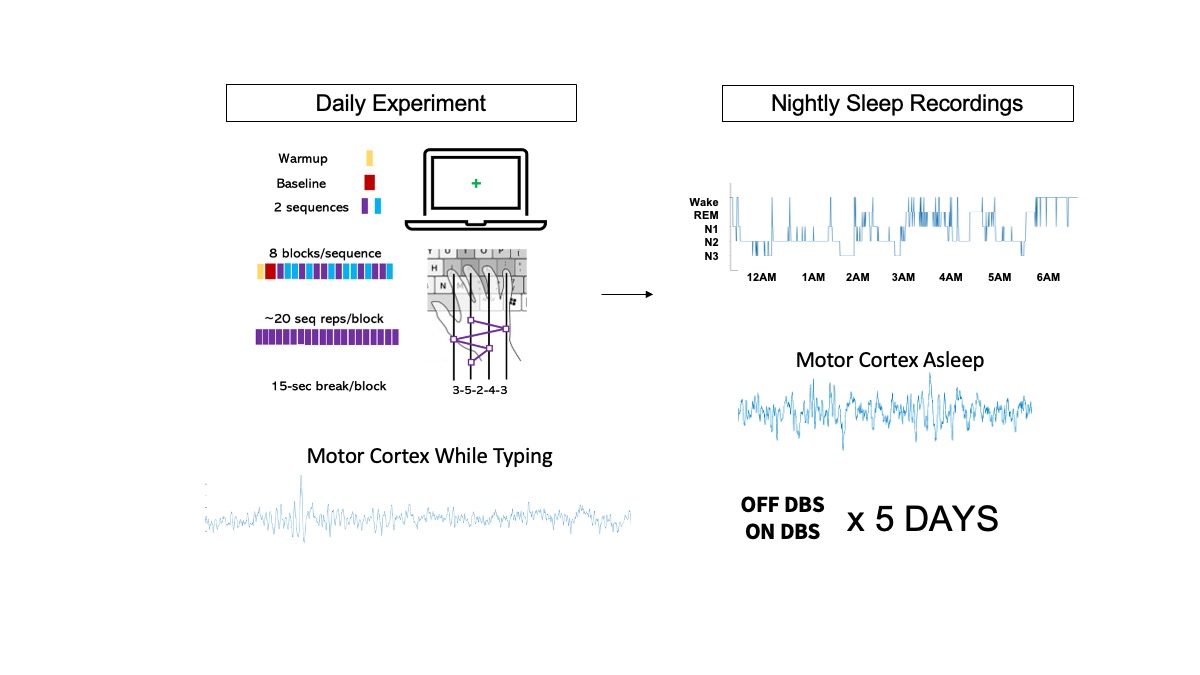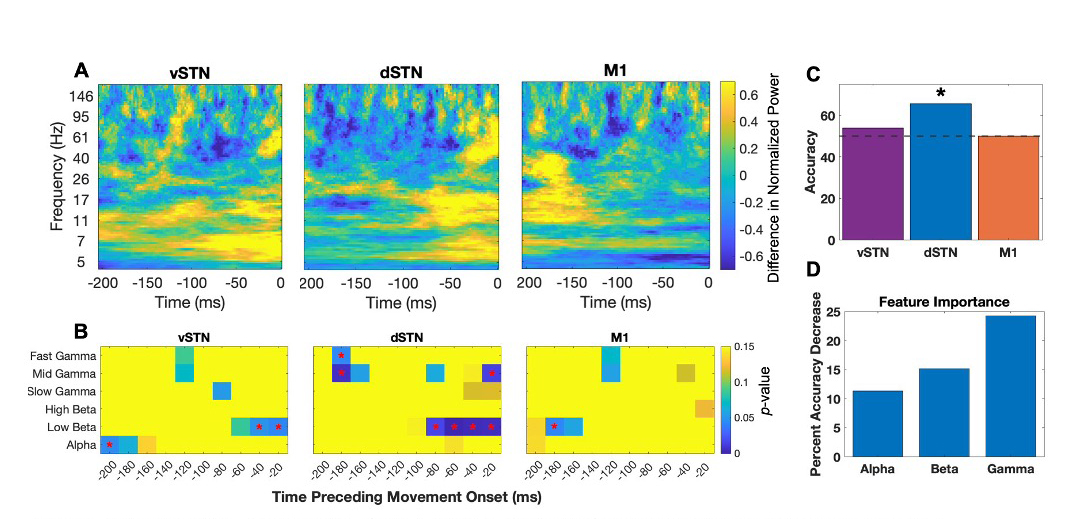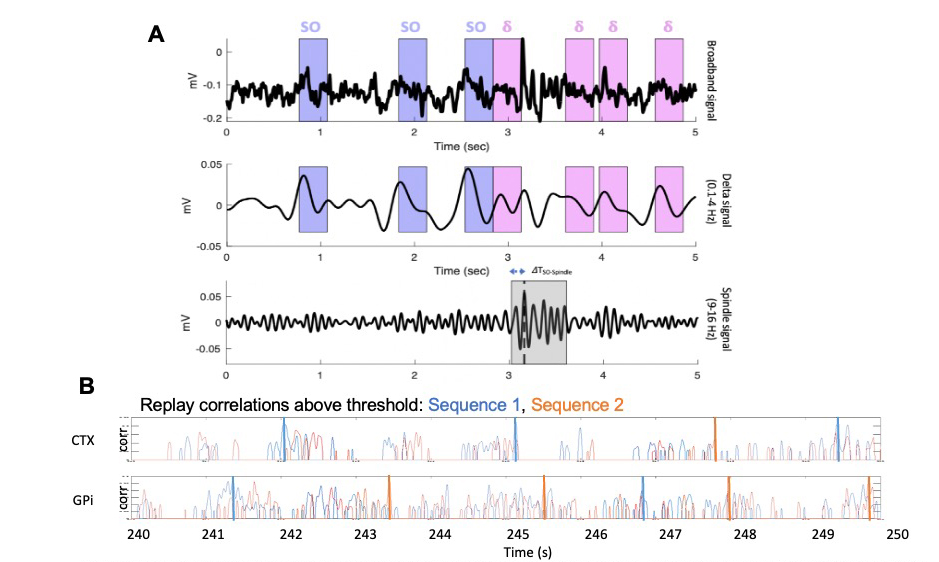
Motor Sequence Learning
Using chronically implanted electrodes connected to a bidirectional sensing and stimulation DBS device, we seek to map the neural architecture of human motor skill learning in patients with Parkinson’s disease.



A) S2-S1 difference in patient 1 trial-median spectral power. Spectral power normalized within frequency across trials for visual clarity of higher frequencies. B) p-values for S1 vs. S2 raw spectral power. C) S1 vs S2 classifications accuracies. D) Percent accuracy drop after feature permutation testing.

Featured Publications & Presentations:
Presbrey, K., Louie, K., Yaroshinsky, M., Starr, P., Wang, D. (2021). Beta Dynamics in Initial Motor Sequence Learning in Parkinson’s And Dystonia. 50th Annual Society for Neuroscience Meeting.

